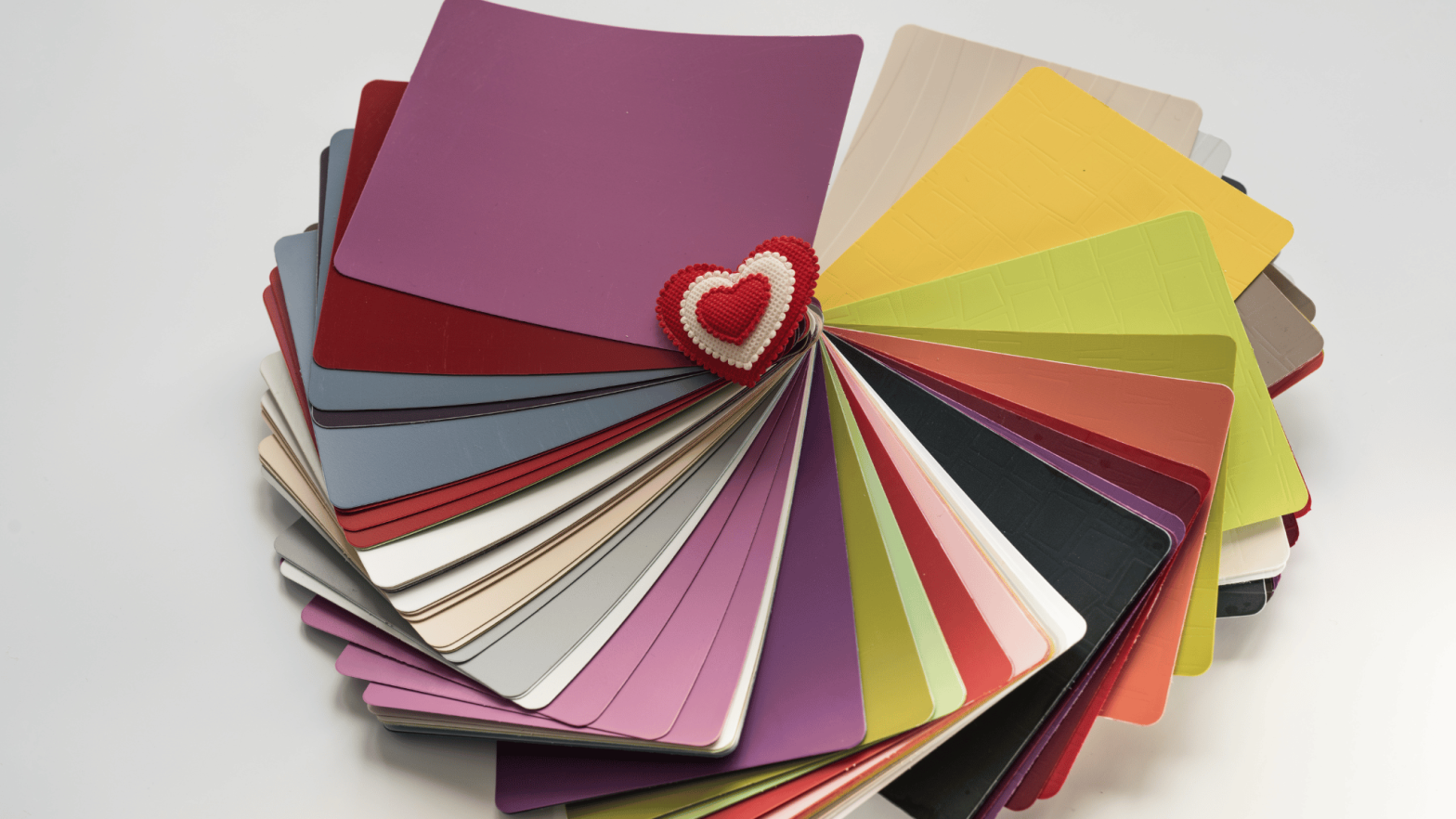Everyone seeks certain qualities in a bag, which is why selecting the suitable material is such a crucial step in the design process. From durability and strength to aesthetics and texture, the fabric plays a vital role in any bag’s end use and overall look. You’ll need to take plenty of time to make sure you’re choosing the best fabric for your needs, whether you’re a designer or a manufacturer. PVC, the boldly glossy synthetic, maybe just the material you’re looking for. Below we’ll share a comprehensive guide to help you determine if PVC is the right material for manufacturing your bag.
What Is PVC?
PVC, short for polyvinyl chloride, a synthetic plastic material, serves various functionalities, including bag manufacturing. Known for its durability, versatility, cost-effectiveness, and shiny texture, PVC is the world’s third most popular plastic-derived synthetic material.
The polymerization of vinyl chloride monomers, or bondable molecules, creates PVC. The process creates a flexible and lightweight material that easily molds into different shapes and sizes, making it a popular choice for bags and fashion accessories.
The Advantages Of Using PVC In Bag Manufacturing
- Versatility & Aesthetics. PVC’s unique texture offers great design flexibility. Brands and manufacturers can create eye-catching bag designs in a wide range of colors, textures, and patterns when working with PVC. It can mimic the appearance of materials like leather, or create a distinctive transparent look in its natural form.
- Durability & Longevity. PVC’s high level of durability and abrasion resistance makes it an excellent choice for everyday, travel, or heavy-duty bags. It can withstand harsh conditions, such as exposure to moisture or extreme temperatures, without deteriorating in quality. These qualities ensure that PVC bags maintain their structural integrity and visual appeal for decades to come.
- Affordability. PVC is an economical material compared to genuine leather and other fabrics. It’s a cost-effective material that allows manufacturers to create stylish bags without compromising on visual appeal or quality.
- Water Resistance. PVC exhibits exceptional water-resistant properties and is a perfect choice for bags that need to withstand wet conditions (eg. outdoor bags, travel bags, or bags designed to offer protection against rainy weather). Wearers can ensure their belongings will remain dry and protected with a PVC bag.
- Easy Maintenance. PVC is easy to clean and maintain, making it a practical choice for individuals seeking hassle-free upkeep. It requires minimal effort to keep the bags looking their best; wearers can simply wipe off any stains or dirt with a damp cloth.
The Limitations of Using PVC in Bag Manufacturing
- Flexibility. PVC is generally flexible, but it does not always have the same level of suppleness as other materials. Bags that require a high degree of flexibility and softness may not be best suited for PVC.
- Heat Sensitivity. PVC tends to be sensitive to high temperatures. Manufacturers, vendors, and consumers alike should avoid exposing PVC bags to extreme heat when storing or transporting their bags, as it can compromise their structural integrity or even cause deformations.
- Weight. PVC is slightly heavier than other synthetics. Those concerned with the weight of their bag, due to travel convenience or other reasons, may want to avoid PVC for bag manufacturing.
- UV Resistance. PVC can be susceptible to UV degradation, especially with prolonged sunlight exposure. The material may fade or become brittle over time without proper protection. Manufacturers can overcome this issue by using UV-resistant additives or coatings.
- Environmental Concerns. PVC can come with a negative environmental impact as a petroleum-based product. While eco-friendly PVC alternatives exist, the production of conventional PVC contributes to plastic waste and typically uses harmful chemical additives. Manufacturers using PVC should implement proper recycling and waste management practices to mitigate its environmental impact.
PVC Production & Manufacturing Considerations
PVC can be cut, sewn, and assembled using standard tools and equipment. However, bag manufacturers should invest in specialized equipment to ensure optimal levels of quality.
Specialized blades, cutting tools, and sewing machines are recommended to achieve precise cuts, smooth stitching, and reduced friction during the production process. Machines equipped with Teflon-coated or roller presser feet are best, as well as appropriate thread and needle sizes to promote durability and prevent damage.
Manufacturers that want to enhance PVC’s water-resistant properties can use a heat-sealing process to create watertight seams. Securing edges and seams effectively requires specialized machines and tools.
PVC Sustainability & Environmental Impact
The environmental impact of PVC has been a popular topic in the sustainability realm. As a plastic-based material, PVC production is linked to the use of toxic chemicals and their release into surrounding environments. It also requires large amounts of energy to create.
Fortunately, bag manufacturers are seeking eco-friendly alternatives and implementing more sustainable production practices in order to mitigate these detrimental environmental effects.
New advancements have led to the creation of PVC fabric made from recycled materials, such as RIVERCYCLON®. These innovative textiles reduce the reliance on virgin PVC production. Water-based coatings and dyes are additional eco-friendly alternatives that designers can use to avoid the release of chemicals into the environment.
Proper disposal and recycling of PVC waste are essential for reducing its environmental footprint. Manufacturers should explore recycling programs and initiatives to ensure the responsible management of PVC waste generated during production.
Conclusion
PVC is a compelling option for bag manufacturers with its versatility, durability, and affordability. Its water resistance and easy maintenance make it ideal for many different types of bags, from chic crossbodies to practical travel duffels. Despite coming with environmental concerns, manufacturers can sustainably enjoy the benefits of PVC by opting for more sustainable alternatives and eco-friendly production practices.
